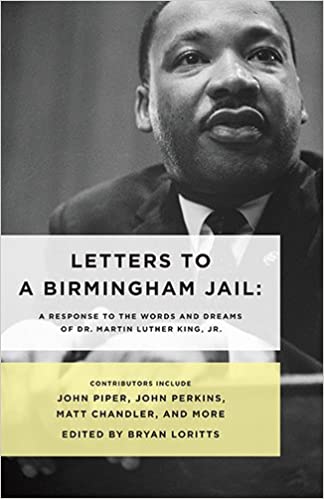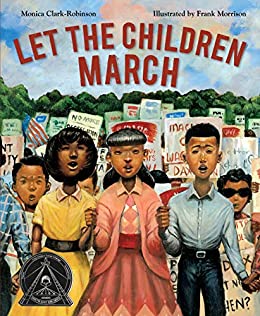How Do We Diversify our Home Libraries?
This article originally appeared in the January 2021 issue of Lake Norman CURRENTS.
There is a concept discussed in educational circles called “Mirrors and Windows.” Put simply, a mirror is a story that reflects your own culture and helps you build your identity. A window is a resource that offers you a view into someone else’s experience. It is critical to understand that students cannot truly learn about themselves unless they learn about others as well.
On Jan. 19, Dr. Tehia Starker Glass, Associate Professor of Educational Psychology and Elementary Education at UNC-Charlotte, will lead a parent advisory discussion to parents at the Community School of Davidson (via Zoom) on the topic of diversifying our home libraries. As an educator and as a parent, Dr. Glass recognized early on that she wanted to seek out literature that her own young sons (who are Black) could themselves represented in. During her research, she realized the majority of children’s literature features characters that are predominately white or are represented as animals. Over the past several years, she’s been working with the teachers at CSD to help them build more inclusive classroom libraries.
“We’ve been socialized to be our own mirrors,” she explains. “We hang out with people who look like us, live in neighborhoods where everyone looks like us. But I kept running into children and adults who didn’t realize there was a whole other world out there.”
As we talked, I took a mental inventory of some of the books my own kids had read or purchased over the years. Although my mother’s side of the family is Hispanic, we never had any picture or middle grade books that featured this culture. As a parent, this would fall on me to seek out, and I never had.
In the past, I’ve relied on the published lists of “classics” for recommendations of what my kids should be reading. But some of those lists are outdated, and while they do contain important books, amendments can and probably should be made in order to give the reader a broader perspective of the time period and social issues represented in the book. For example, the website commonlit.org offers suggestions on companion reads to the book “To Kill a Mockingbird.” One example is “We Wear the Mask,” which features a poem by the African American poet Paul Laurence Dunbar, the son of freed slaves. The website even offers suggestions on when to introduce Dunbar’s text in response to a specific chapter in “To Kill a Mockingbird.”
Parents (such as myself) can work to slowly build their home libraries by finding books that represent different perspectives on race, gender, language, citizenship, etc.
Dr. Glass also recommended that as we celebrate the birthday of Dr. Martin Luther King Jr. this month, it’s important to introduce a variety of his writing. He had much more to say than the “I Have a Dream” speech that is frequently quoted, and some of his words were his frustrated response to the social injustices he fought against in the Civil Rights Movement. As parents, we can introduce his “Letter from Birmingham Jail” letter to our children, or, for younger readers, the picture book “Let the Children March” by Monica Clark-Robinson.
I came away from our discussion with a whole new stack of books to put on my reading wish list, and the knowledge that it is never too late to explore the history and perspectives of others through literature.
To learn more about Dr. Tehia Starker Glass, visit reel.uncc.edu/directory/tehia-starker-glass

